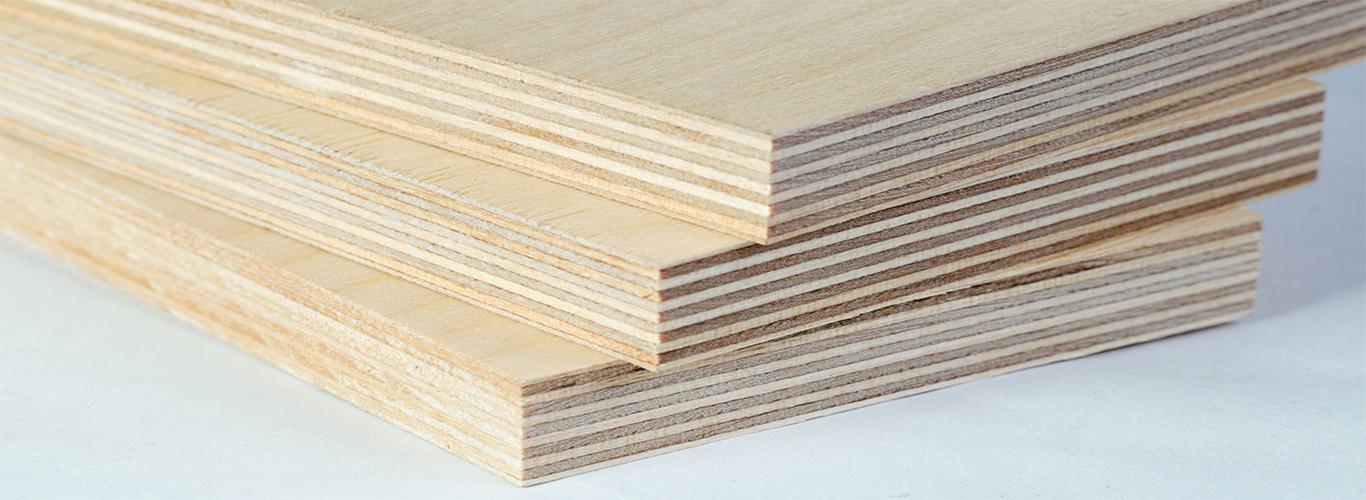
Increased stability
Plywood offers all the inherent advantages of the parent wood plus enhanced properties in its laminated structure.
High impact resistance
Being a wood based material, plywood has the ability to accommodate the occasional short-term overload; up to twice the design load. This is useful where seismic activity or cyclonic winds can occur. This property is also effective when used as construction flooring or as concrete formwork. Plywood’s laminated structure distributes loads from impact over a larger area on the opposite face, which effectively reduces the tensile stress.
Surface dimensional stability
The cross laminated construction of plywood ensures that plywood sheets remain relatively stable under changes of temperature and moisture. This is especially important in flooring and formwork construction where moisture exposure is very likely.

High strength to weight ratio
With high strength and stiffness to weight ratios, plywood is very cost effective to use in structural applications such as flooring, shear walls, formwork and webbed beams.

Panel shear
The panel shear of plywood is nearly double that of solid timber due its cross laminated structure. This makes plywood a highly effective material to use in gussets for portal frames, webs of fabricated beams and as bracing panels.
Chemical resistance
Plywood does not corrode and can be used in chemical works and cooling towers as a cost-effective, durable material when preservative treated.

